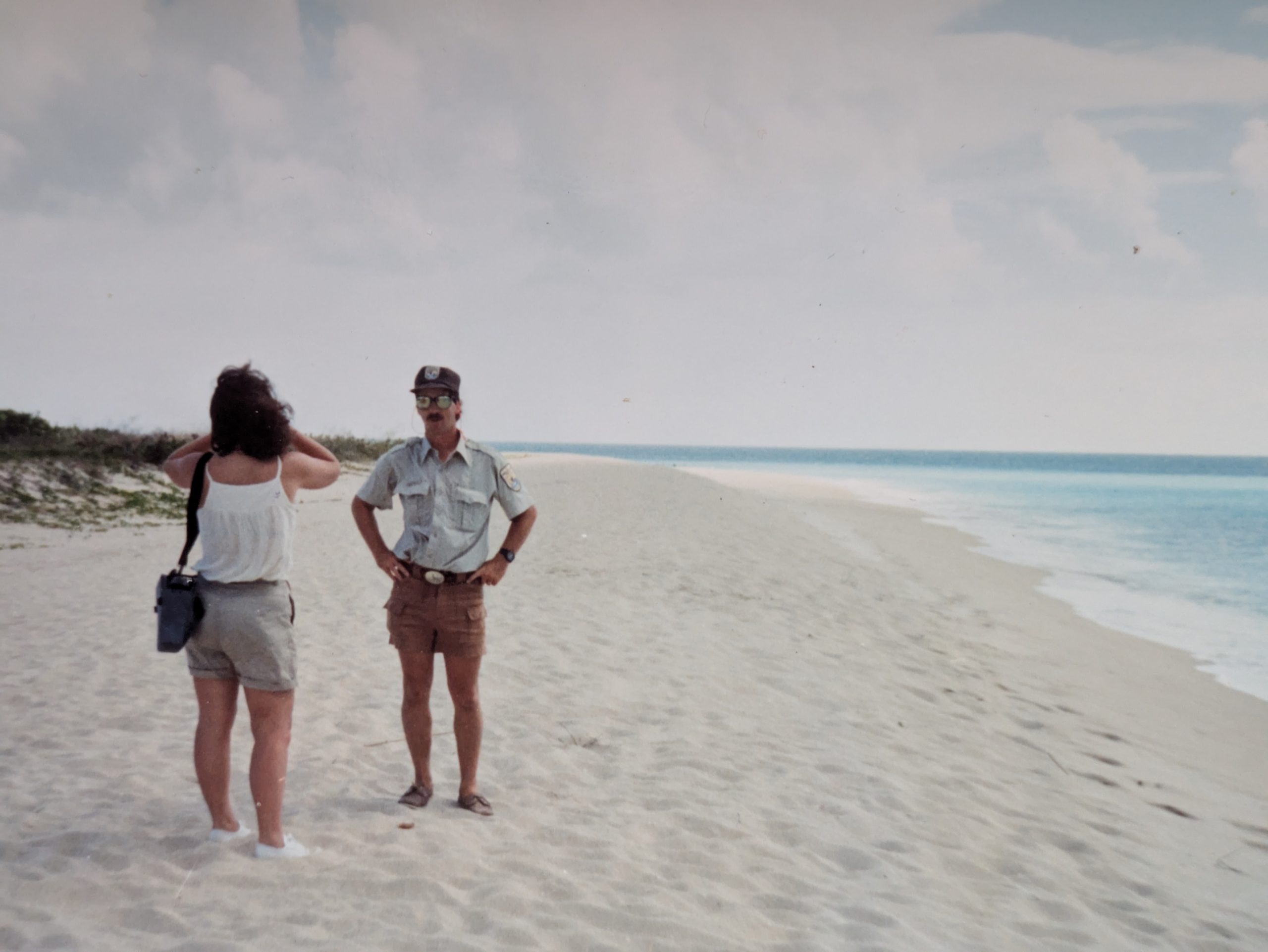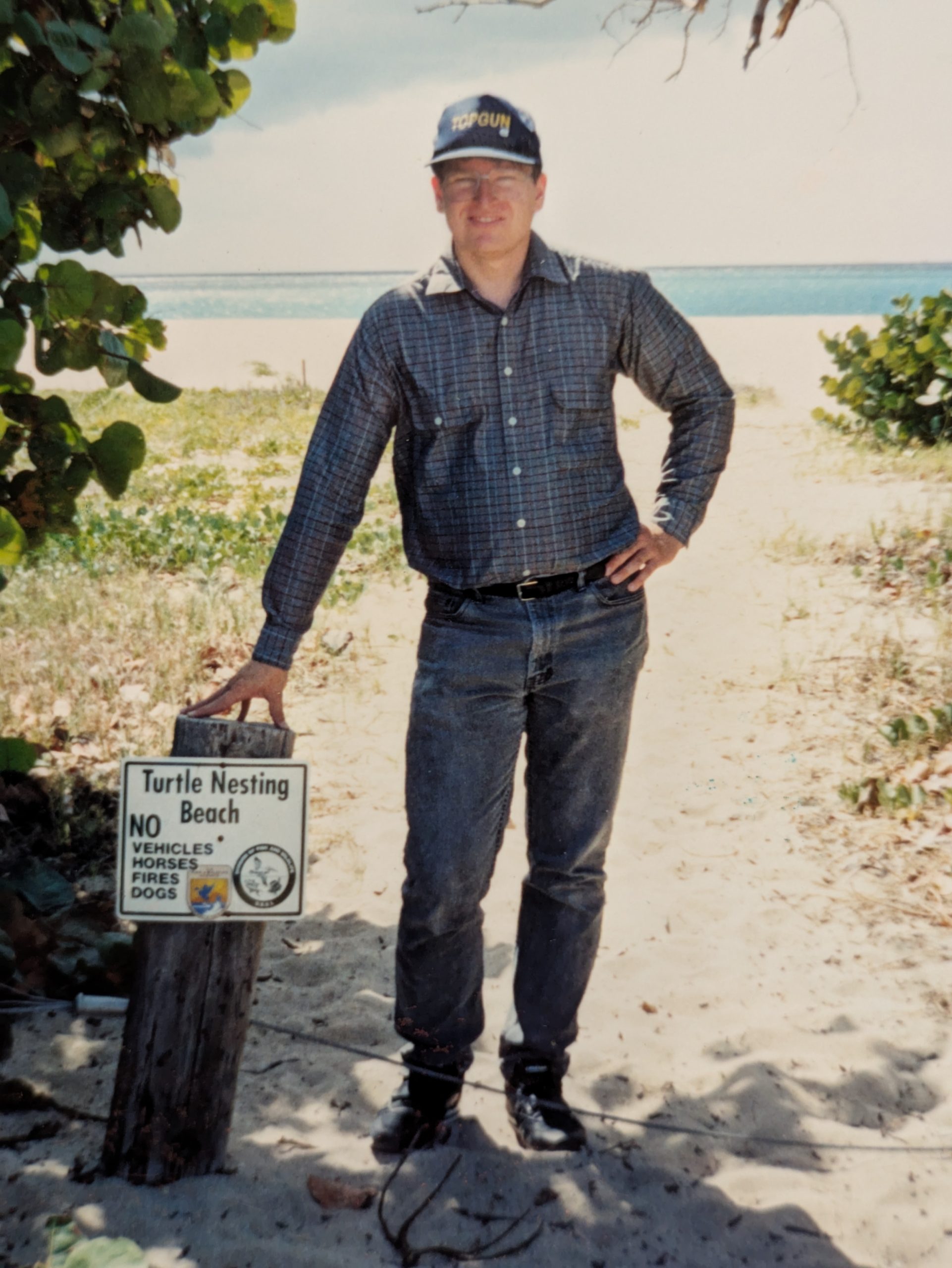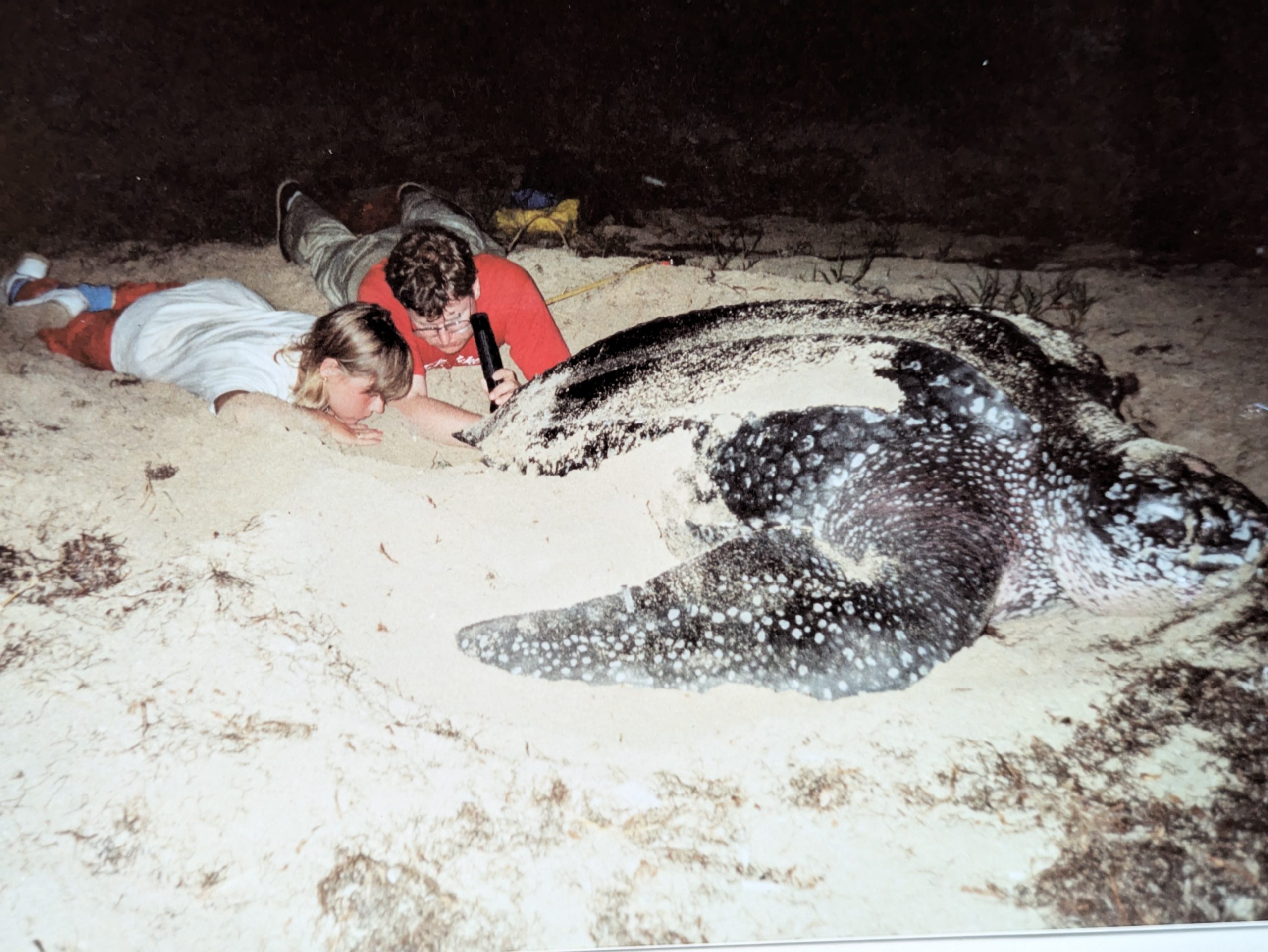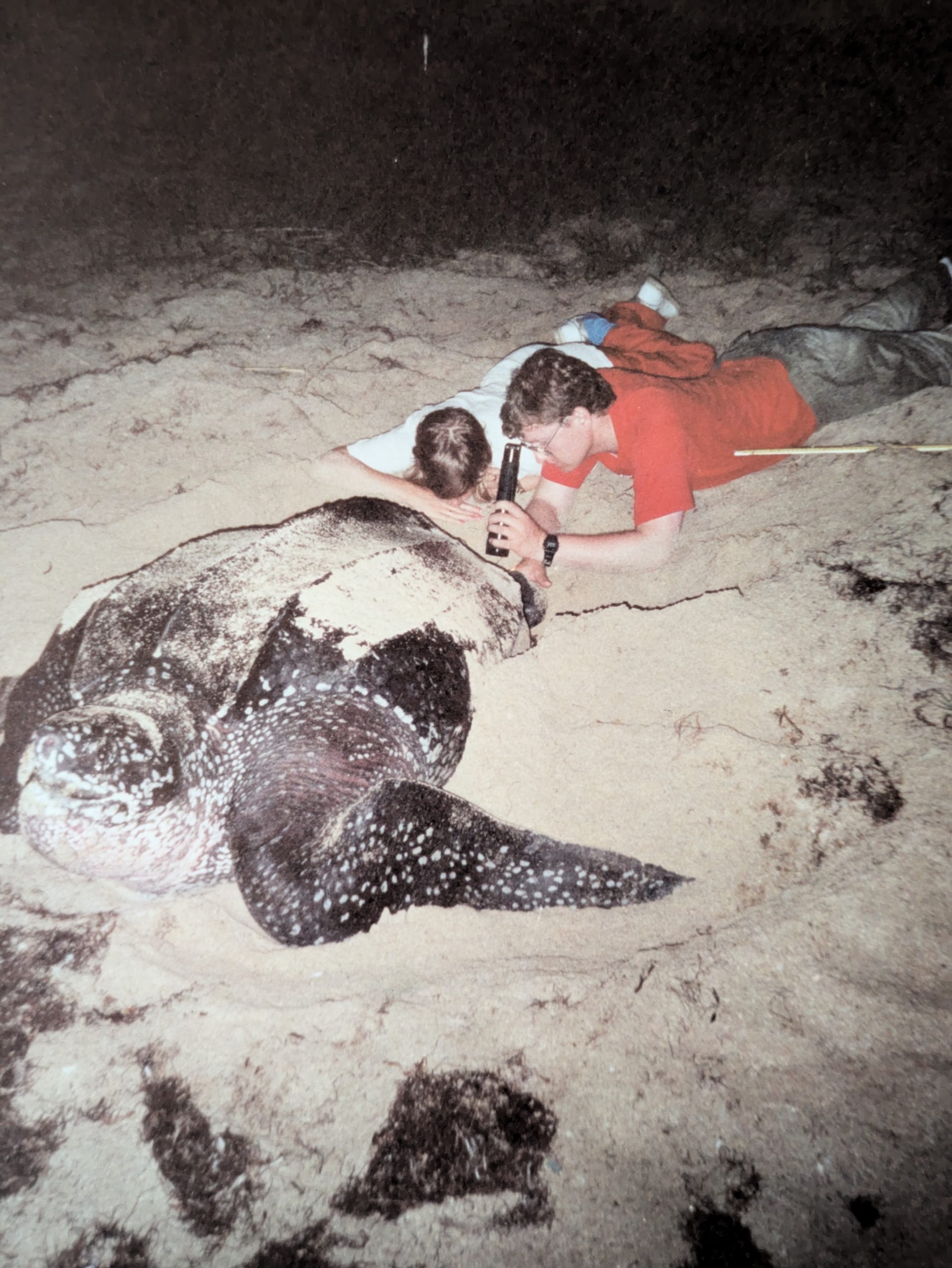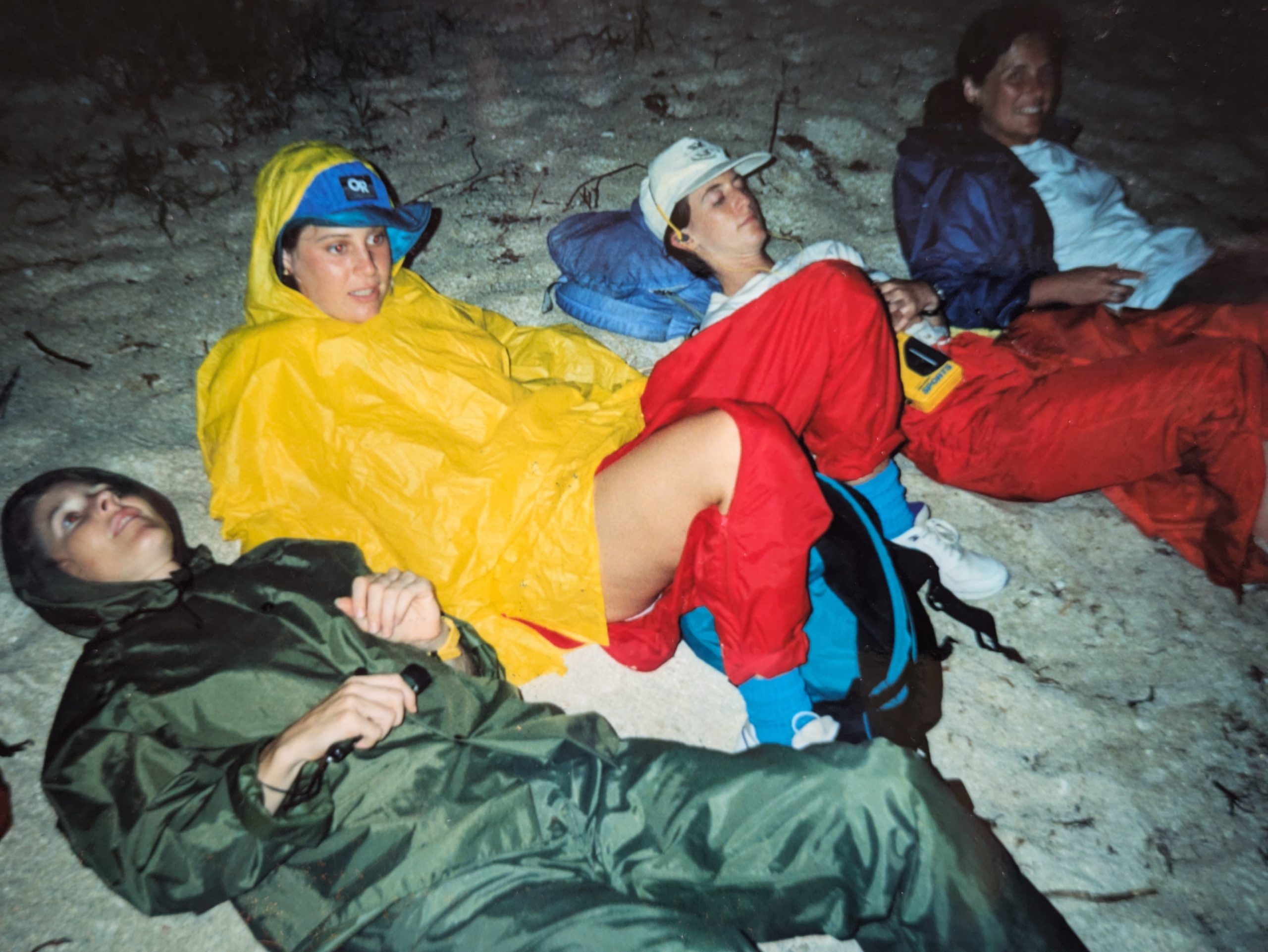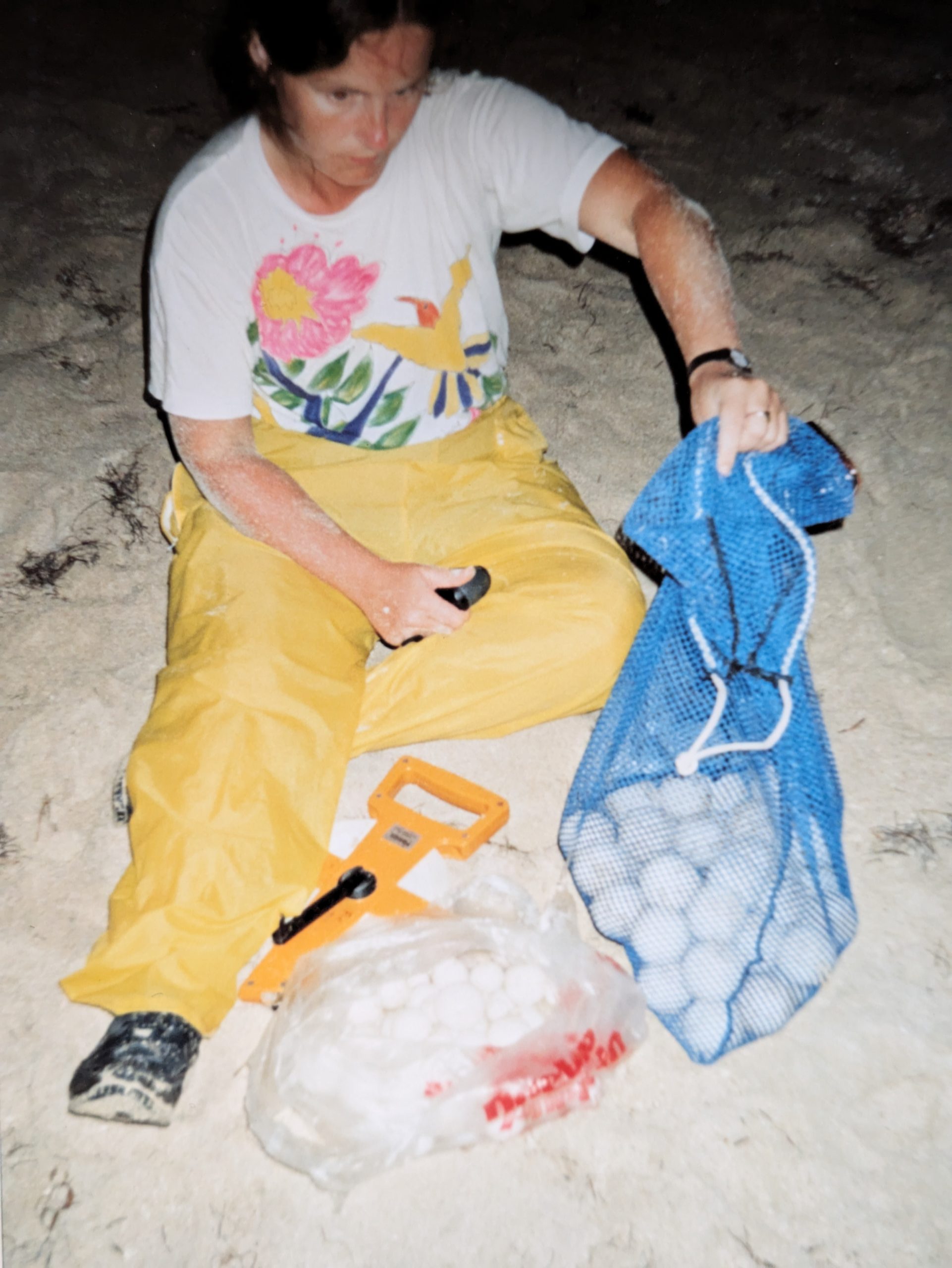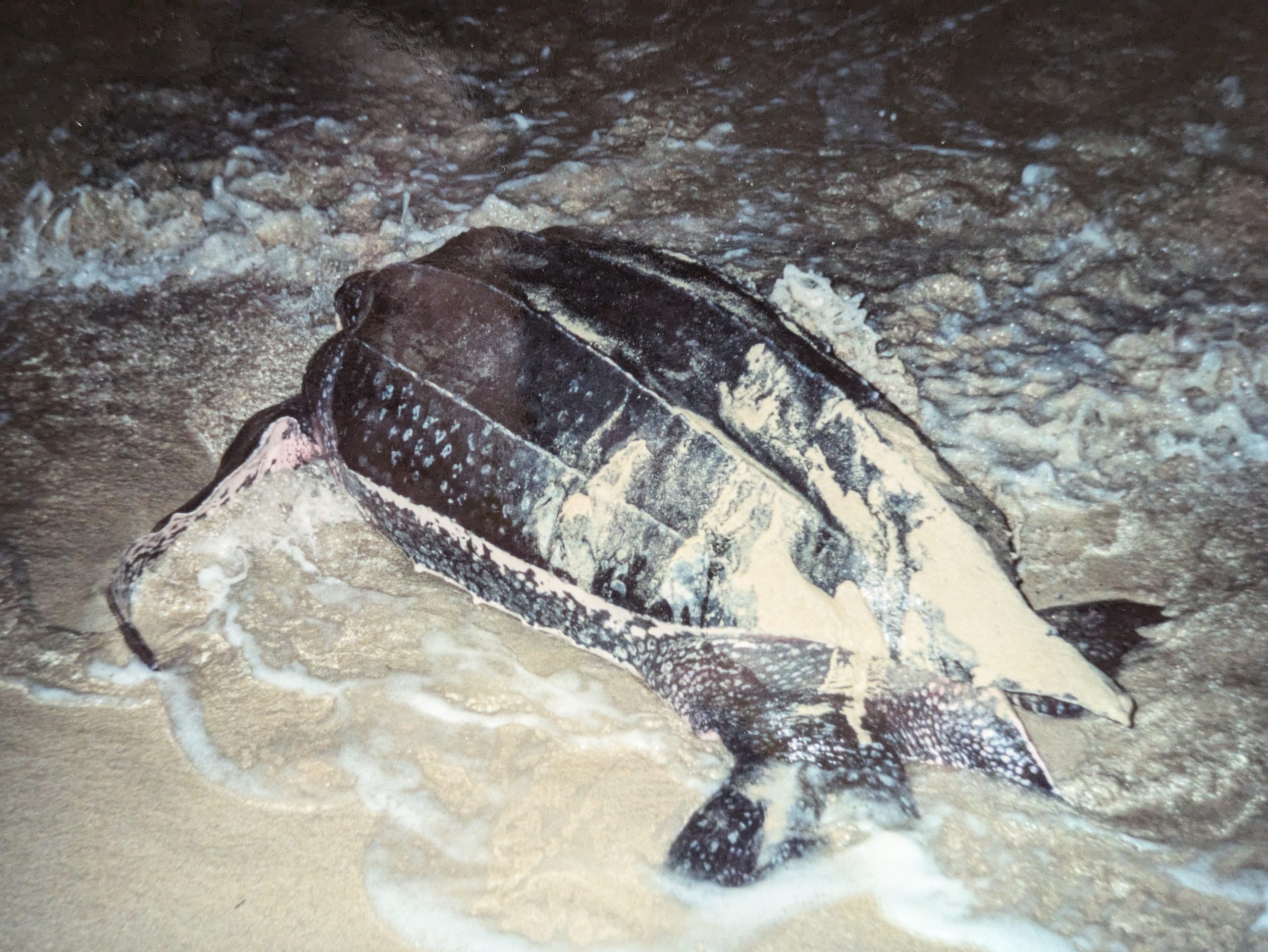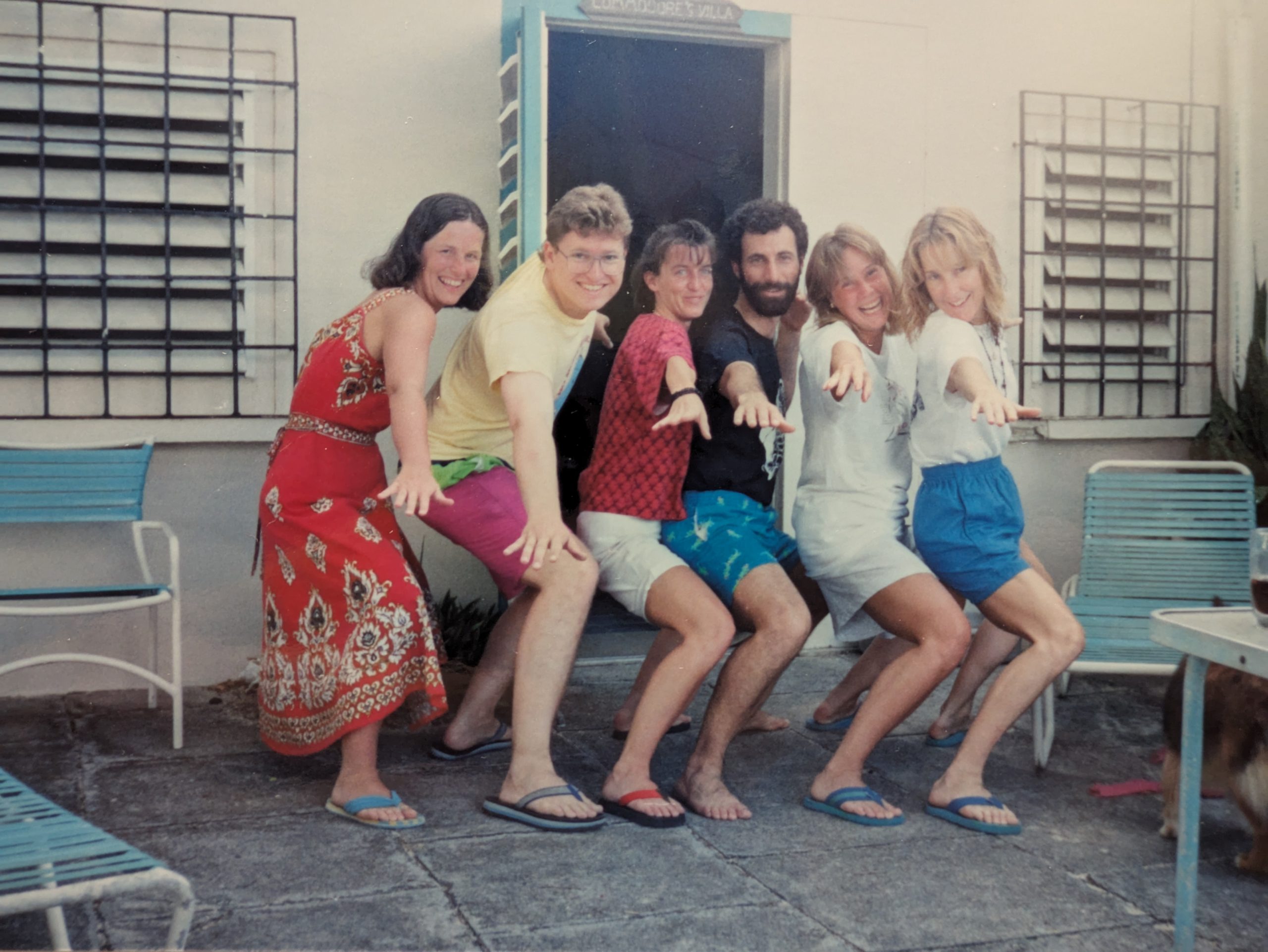My First Earthwatch Trip: Leatherback Turtle Conservation
Back in the early ’90s, my friend Bruce told me he’d volunteered on an Earthwatch trip to study black bears. He showed me his photos. I was hooked.
I’d wanted to be a biologist until computers came along and hijacked that plan. But Earthwatch? It was a way back in. Not full-time science, but real work. Real animals. Real data.
I ordered a catalog. Flipped through the options. One project jumped out: leatherback turtle conservation in St. Croix, US Virgin Islands. The job was simple. Walk the beach at night. Spot nesting turtles. Count the eggs. If the nest was in danger, on a part of the beach that erodes, move it. Later crews would help the hatchling turtles reach the sea. Even the straggler that didn’t quite make it out of the sandy nest.
I flew to St. Croix via Puerto Rico. On arrival, I met our team: two researchers, Peter Dutton and Donna McDonald. Four volunteers total, a small team but just enough for the job.
Our shift started at 7:30 p.m. We’d walk the beach for 30 minutes, rest for 30, then head back. All night long, until 5:30 a.m. We slept in the mornings and had afternoons free to enjoy the sights.
The turtles were incredible. Some weighed over 800 pounds. They live their lives in the ocean, only females drag themselves onto land to lay eggs. It is a great burden for them. You could almost hear them sighing as they breathed.
And the flippers were so soft. Once the turtle started laying eggs, it was OK to lift the flippers to count the eggs.
The whole experience was exhausting. And unforgettable.
That trip kicked off a streak. I did two more Earthwatch expeditions in the ‘90s. If you want to work alongside real scientists and do something that matters, I highly recommend it. You won’t regret it. Read about current Earthwatch expeditions here.

